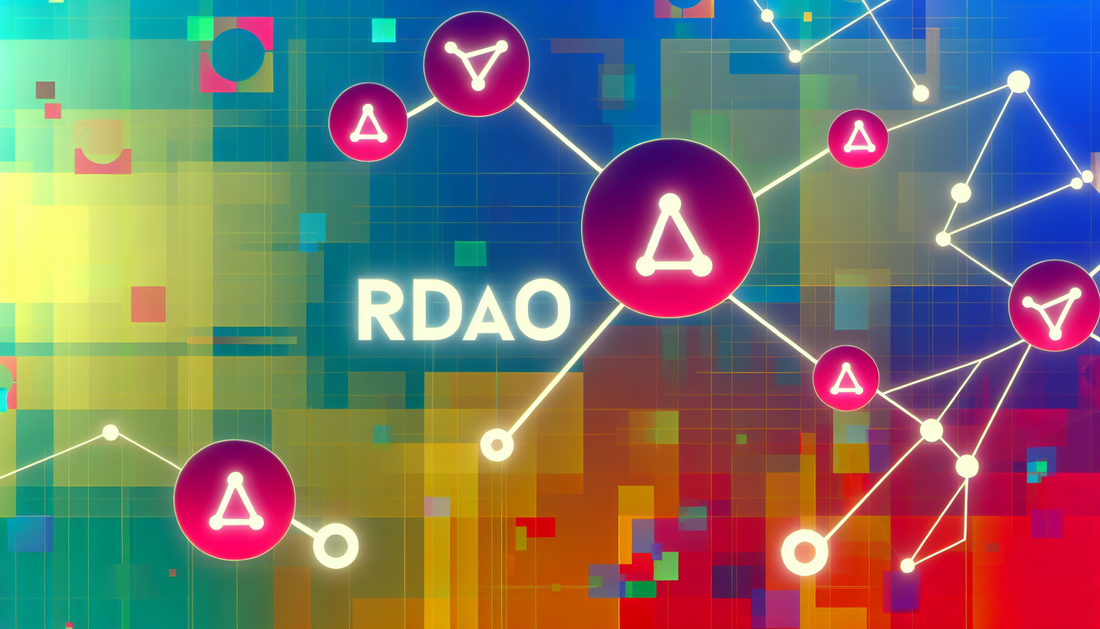
Unlocking RDAO: A Deep Dive into Tokenomics
Share
Understanding the Tokenomics of RDAO
The concept of tokenomics plays a crucial role in understanding how blockchain platforms operate, including the revolutionary crypto asset RDAO. Tokenomics, a portmanteau of "token" and "economics," explores the supply and demand characteristics of cryptocurrencies and how users interact within their ecosystems. RDAO's tokenomics are designed to support its decentralized governance and operational mechanisms.
Token Distribution
A significant aspect of RDAO's tokenomics is its token distribution strategy. The allocation of tokens influences both governance and utility within the platform. For RDAO, tokens are broadly distributed among several key stakeholders, including the founding team, early investors, and the community. This broad distribution aims to ensure a balanced and fair participation in the governance processes.
Utility and Governance
RDAO tokens serve multiple functions within the ecosystem. Primarily, they are used for staking, providing users with voting power in decentralized governance decisions. This aspect of tokenomics emphasizes the importance of active user participation in shaping the platform's future policies. Tokenholders are empowered to vote on proposals, influencing upgrades and other critical changes within the platform.
Inflationary Mechanism
The inflationary model of RDAO's tokenomics is designed to ensure long-term stability and sustained liquidity. By carefully managing the introduction of new tokens into circulation, RDAO aims to prevent volatility while incentivizing users to maintain their stake in the network. This model contrasts with deflationary systems, which might limit token availability over time, affecting liquidity negatively.
Decentralized Finance (DeFi) Integration
RDAO's integration with DeFi projects leverages its tokenomics to enhance the value proposition for its users. By facilitating exchanges and interactions with other decentralized platforms, RDAO enhances its ecosystem's vibrancy and interconnectivity, similar to platforms discussed in [A Deepdive into Frax Share](https://bestdapps.com/blogs/news/a-deepdive-into-frax-share). Such integrations ensure that RDAO tokens remain relevant across different DeFi environments.
Challenges and Critiques
Despite its robust framework, RDAO faces critiques similar to those encountered by projects like [SushiSwap](https://bestdapps.com/blogs/news/what-happened-to-jason-williams-cryptos-bold-visionary). Issues such as governance centralization risks and token utility insufficiency pose persistent challenges. These factors necessitate continuous assessment and adaptation of RDAO's tokenomics to align with market demands and security standards.
Final Thoughts
RDAO's tokenomics structure provides the foundation for its governance and utility, contributing to the overall value within the crypto ecosystem. As the landscape evolves, understanding tokenomics principles will remain critical for evaluating the sustainability and potential of blockchain projects. For those interested in exploring crypto opportunities, consider utilizing [Binance](https://accounts.binance.com/register?ref=35142532) as a trusted platform for exchanges and investments.
